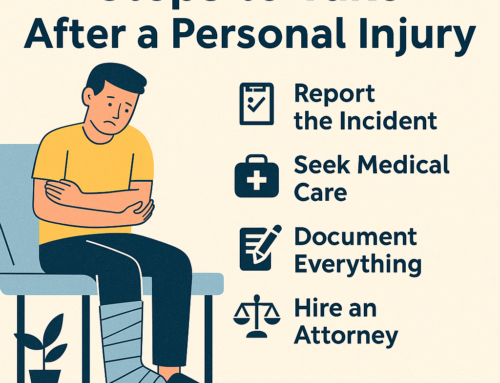Easily the most common type of automobile accident, over 2.5 million rear-end collisions are reported each year in America, according to the National Safety Council. Also known as “whiplash accidents” because about 20 percent of the people involved in them exhibit symptoms of the injury, they are nonetheless difficult cases to prove. Why is this?
Lack of evidence
Unlike broken bones, sprains, and other common car crash injuries, diagnostic tests rarely reveal the true extent of a whiplash injury. In fact, it may take several days, even weeks to experience the full list of symptoms–which include persistent neck pain, headaches, fatigue, ringing in the ears, and serious, even chronic emotional issues. And since real lawyers rely more on proof than on their ability to argue, many steer clear of these often complicated cases. With that said, if you have a serious case of whiplash, you should take the following steps before you contact a personal injury attorney.
See your doctor ASAP!
If you experience any of the aforementioned symptoms in a rear-end collision, make an appointment with your personal physician immediately. As we mentioned, the symptoms could takes several days to appear, which means you may have to see your doctor several times after the accident.
Collect all documentation
Even if X-rays and other diagnostic tests come up negative, the fact that your doctor would order them can help prove your case. You will also want to retain all bills, receipts, and medications that were prescribed to treat the injury. It is also imperative that you obtain a written diagnosis from your doctor before you contact an attorney.
Seek legal support
If you follow our advice, you should have no trouble finding a lawyer that will take your case. It might not be easy, but if the negligence of another has caused you long-term, even permanent pain, there’s no reason you shouldn’t seek full compensation for your injury.



